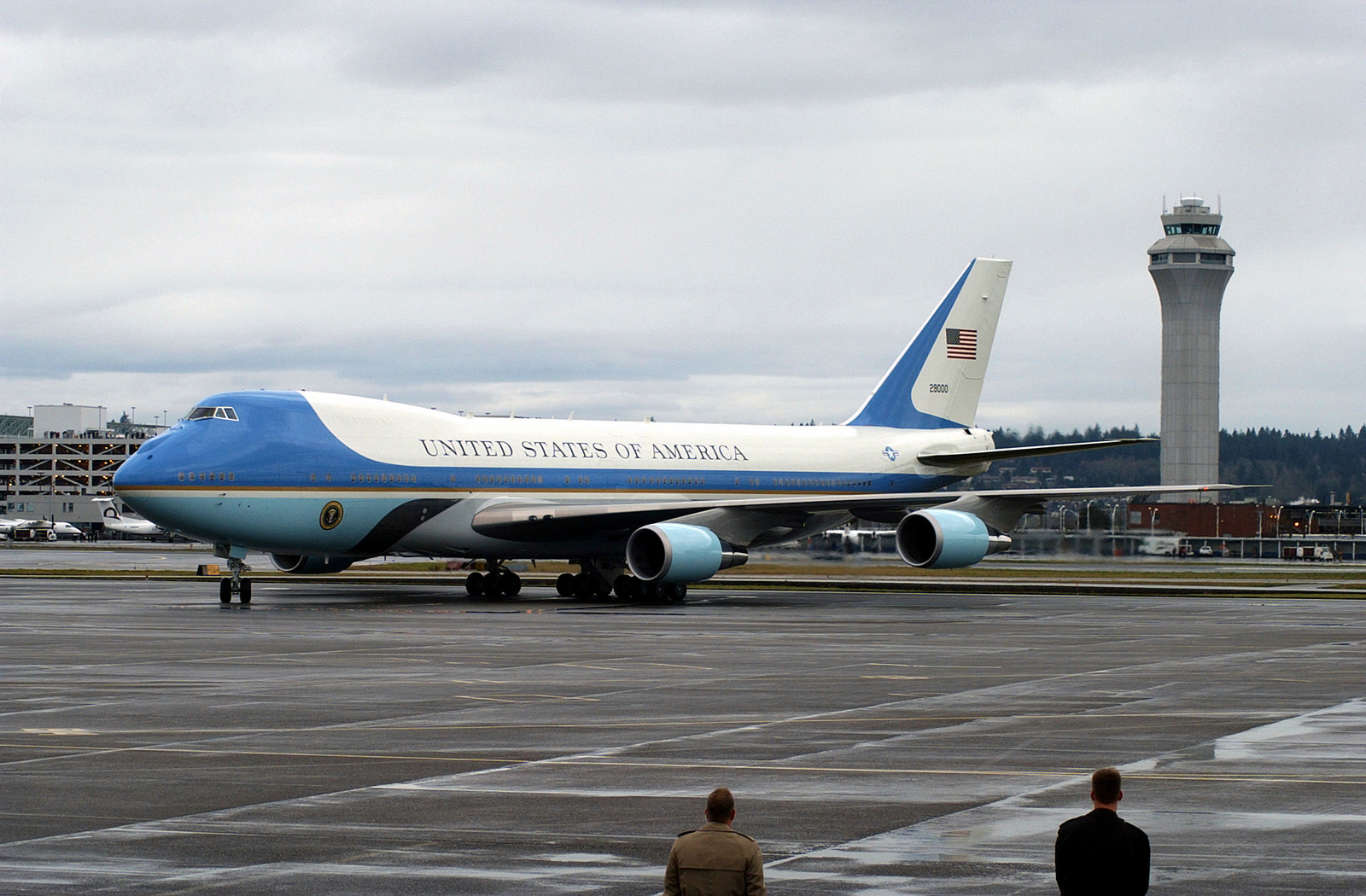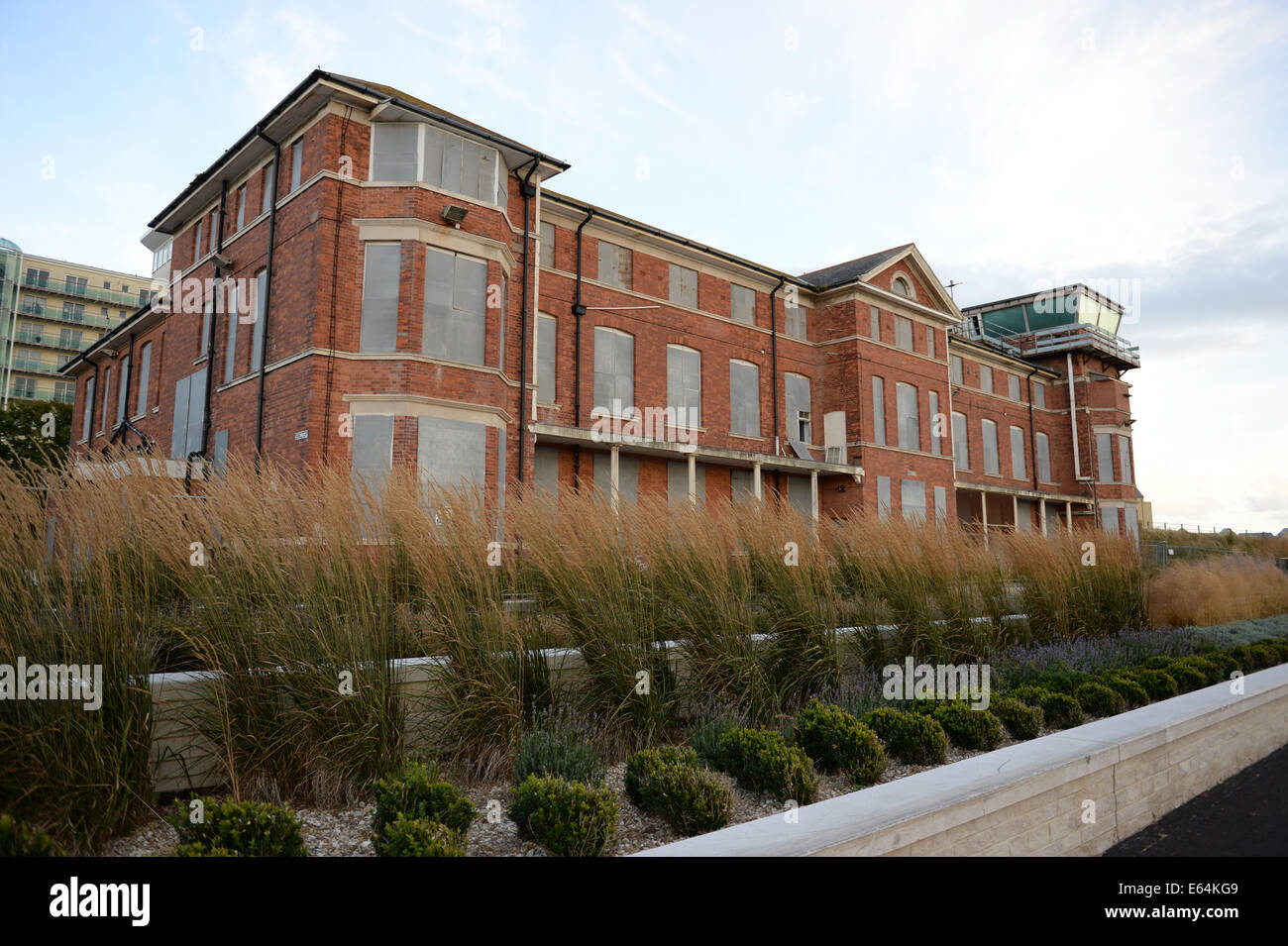Naval Base Portland Oregon - F-15C Eagles of the Oregon Air National Guard's 142nd Fighter Wing at Portland Air National Headquarters in 2010.
45°34′56″N 122°35′23″W / 45.58222°N 122.58972°W / 45.58222; -122.58972 (Portland ANGB L-33) Coordinates: 45°34′56″N 122°35′23″W / 45.58222°N 122.58972°N 122.58972°W . -122.58972 (Portland ANGB L-33)
Naval Base Portland Oregon

Portland Air National Guard Base is a United States Air Force base, located at Portland International Airport, Portland, Oregon.
Usni News Fleet And Marine Tracker: April 26, 2021
It is the home base of the 142nd Fighter Wing, Oregon Air National Guard. The 142nd FW participates around the world in drug interdiction, NORAD air defense support, and contingency operations such as Operations Noble Eagle, Through Freedom, and Iraqi Freedom. To carry out these missions, the 142nd Fighter Wing is assigned four groups: 142nd Support Group, 142nd Operations Group, 142nd Mission Support Group and 142nd Medical Group.
The base's history begins in 1936, when Works Progress Administration (WPA) funding allowed the City of Portland to acquire 700 acres of land along the Columbia River and adjacent Columbia Slough to replace the "Super Airport" as the previous facility established in 1926.
On July 1, 1940, GHQ Air Force One established a small base in the Western Air District of the Northwest Air Force Base to serve as a military airfield. The 57th Wing moved to the airfield from Hamilton Field, California on 31 March 1941, and the facilities were designated Army Air Corps Air Force Base Portland. Because of the relationship between the United States and the Japanese government, the Oregon National Guard, its 123d Observation squadron flew with North American O-47s to the entrance of the Columbia River and the Pacific coast of Oregon.
The initial use of the Air Corps base was when the Northwestern Air Area's 55th Study (Interceptor) Group moved to the new base in late May 1941 from Hamilton Field. Three squadrons of P-43 Lancers (the predecessor of the Republic P-47 Lightning) operated from the base. Portland AAB was also used as a transport base, and the 64th Transport Group stationed its 16th transport group at Field March, California in July 1941 with C-47s. Later, during the second world war, the base was a very active air transport cter handling about 47 military transports per day of unloading.
A Portland Foundation Wants The Aircraft Carrier Uss Ranger For A Museum On The Columbia River
After the Pearl Harbor Attack, the 17th Bombardment Group at Pdleton Airport in Northeast Oregon, now known as the Eastern Oregon Regional Airport, sent the 34th Bombardment Squadron, equipped with the B-25 Mitchell (part of the Sierra Bombardment Group) to conduct anti-submarine and maritime emplacements. along the Pacific coast. P-43s from the 55th PG flew reconnaissance missions until February 1942 when they were based at Paine Field, Washington (although the two squadrons dispersed to different areas in the Pacific Northwest immediately after the attack).
The 42d Bombardment Company used Portland as a B-25 Mitchell base for training early in the war. His 75th Bombardment Squadron moved to the field in January 1942, and trained B-25 fighter crews until March. the company itself marched to New Caledonia in April, and the battle began in June of that year.
The 28th Group assembled at Elmdorf Field, Alaska Territory and established its 406th Bombardment Squadron at Portland in the summer and fall of 1942 as a B-25 OTU. Pilots and sailors headed for the Aleutian Expedition. The Alaska squadron moved in November to fight the Japanese, following the campaign in October 1943, it returned to Portland briefly in October 1943 to receive a new American B-25 North before being reorganized at RAF Alconbury. , a bullet The 47th Bombardment Group (41st Bombardment Group) also received B-25s at Portland before proceeding to Tarawa in the Pacific Theater.

In late 1943, the 4th Fighter Command established a third mode of fighter training at Portland to complete the squadron after its first training. The 354th Fighter Group moved into the field in October 1943, and P-39 Airacobras flew to the field about a month earlier. The 354th, however, was the only combat unit to train at Portland, and the Fourth Air Force turned the field into a replacement camp. It was assigned to the 372d Fighter Group at Portland in November 1943, and carried out the RTU mission with three squadrons of P-39s until March 1944. It was transferred to the Third Air Force in Louisiana in April 1944.
Northwest Industrial, Portland, Oregon
With the retirement of the RTU fighter in April 1944, Portland Army Air Base returned to its transport mission for the remainder of the war, simultaneously operating as a civilian airport. deactivated in 1946
In 1947, the US Air Force base at Portland Airport was replaced by the Tactical Air Command (TAC), operating Portland Air Force Base as a joint military/civilian facility.
The Air Force Reserve's 349th Troop Carrier Company at Hamilton AFB, California began deploying C-46 Commando carriers to transport several troops to the airfield under the Twelfth Reserve TAC. In 1949, the USAFR's 403d Troop Carrier Wing, Medium, was based at the airport. In 1952, the 406th was deployed to Japan for the last Air Forces duty during the Korean War. He returned to Portland in 1953 and stayed until 1957, flying C-119 Boxcars until he moved to Selfridge AFB, Michigan.
In March 1948, the Air Defense Command (ADC) returned the AN/TPS-1B radar at Portland Airport. It was installed and installed on a 24-hour-a-day basis in March 1948 as an "Interim" site for air defense near Hanford, Washington. In August 1950, the site was incorporated into the "Lashup" system, given the designation "L-33". In 1951 the AN/CPS-5 search radar was added to the AN/TPS-1B search radar. Operations ceased in February 1952 when the "P-12" site was reassigned to the Northern Bd of AFS in southern Oregon.
Uss Portland Conducts Laser Weapon System Demonstrator (lwsd) Test
In 1952, jurisdiction over Portland AFB was transferred from TAC to Air-Def Command. The ADC was reduced to the 503d Air Defense Company on 1 February 1952. The 503d ADG piloted the F-94 Starfire of the 497th Fighter Interceptor Wing and the F-86D Saber of the 357th Fighter Interceptor Wing from the base. In 1955, the group was redesignated the 357th Fighter Group. The 357th remained at Portland, continuing to intercept several squadrons until March 30, 1966, when the ADC base was diverted.
142d Fighter Group at Portland on 1 March 1951. Detached from the Oregon ANG on 24 May 1946, reassigned from the 371st Fighter Group in World War II.
After the Air Defense Command closed its facilities in 1966, Portland AFB was decommissioned and military facilities were reduced in size. The Champion Interceptor Group became an Army unit at the military facility at Portland International Airport. Around 1990, the Air Force facilities were designated Portland Air Reserve Station, a secure facility on the south side of the airport's main bridge, which remains the busiest location on the airport. After a major overhaul of the USAF's normal structure in 1992, the 142d was redesignated the 142d Fighter Wing (142nd FW) and became an operational unit of the Air National Guard acquired by Combat Command (ACC).

In addition to the Oregon Air National Guard, the facility also houses the 939th Freedom Wing (939 RQW) of the Air Force Reserve Command (AFRC), equipped with HC-130 and HH-60 combat search and rescue (CSAR) aircraft. In 2000, the 7339th RQW began flying the CSAR mission, transitioning to the KC-135 Stratotanker aircraft and being designated the 939th Air Refueling Wing (939th ARW).
Oregon's 142nd Fighter Wing Conducts Training With Navy Counterparts
BRAC delivered the 2005 F-15C/D to the 142nd FW, replacing the original 1970 model Eagle A/B, as well as leading the inactivation of the 939th ARW from 2008. The BRAC commission retained the 142nd Combat Support FW element for training. , which will be assigned to the Portland Air National Guard, as well as the 244th and 272d Combat Communications Teams (ANG), and the 304th Air Force Wing (AFRC), the 304th Geographical Unit (GSU) of the Air Force Reserve Command 920 in Florida.
On August 10, 2018, two F-15Cs from the 142nd, both Air National Fighters on their first "exchange" to Air National Oregon, intercepted a Bombardier Q400 turboprop Horizon Air in Seattle.
The fighters, armed with live AIM-9 Sidewinder missiles and AIM-120 AMRAAM intercepted and guided the plane away from civilian areas before crashing on Ketron Island near McChord Air Force Base.
In August 2020, it was announced that Portland Air Force Base will receive the first operational F-15EX unit beginning in 2023. The F-15EX is expected to replace the aging F-15C/D Eagle and is expected to be out of service life. . Copyright © 2023, The San Diego Union-Trbune | AU Collection Notice | Do not sell or share personal information
Oregon Air National Guard To Conduct Night Training Flights This Week
The USS Portland is moving in place here before moving to the San Diego Naval Base. The USS Portland will arrive in Portland, Oregon on April 21. (Nelvin C. Cepeda/San Diego Union-Tribune)
Arriving in San Diego for the first time aboard the ship USS Portland, a sailor from the side of his ship looks out from the pier to family and friends on the pier at Naval Base San Diego. (Nelvin C. Cepeda /
Naval base, naval base ventura county, norfolk naval base, military base in portland oregon, air force base portland oregon, portland naval base, portland oregon military base, air force base in portland oregon, port hueneme naval base, millington tn naval base, hampton inn naval base, air force base near portland oregon
0 Comments